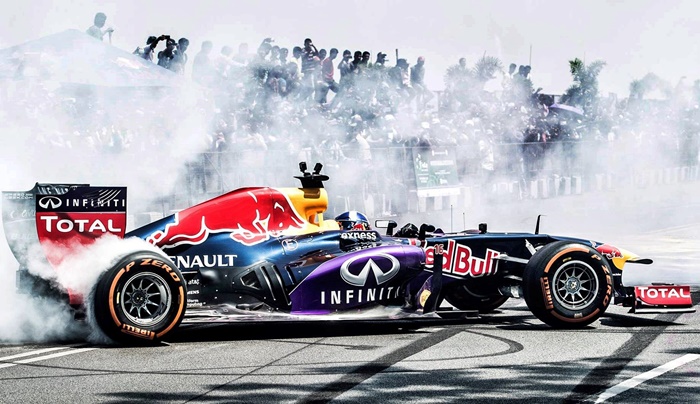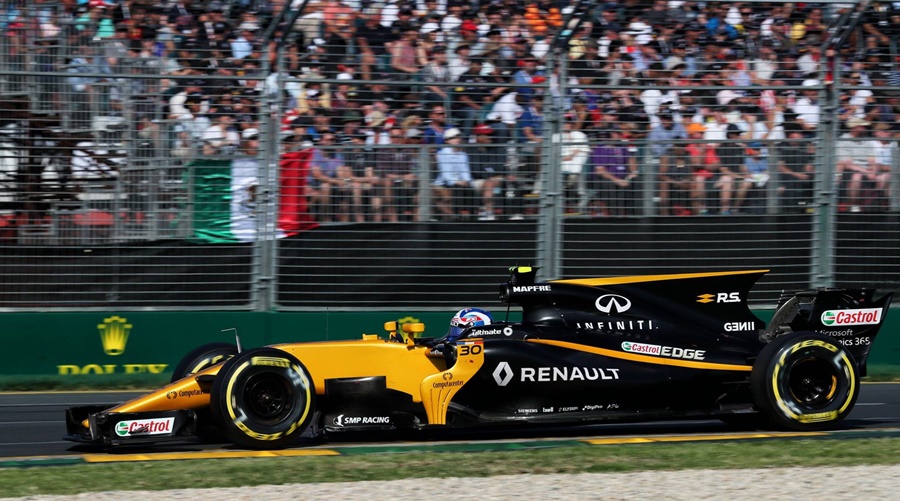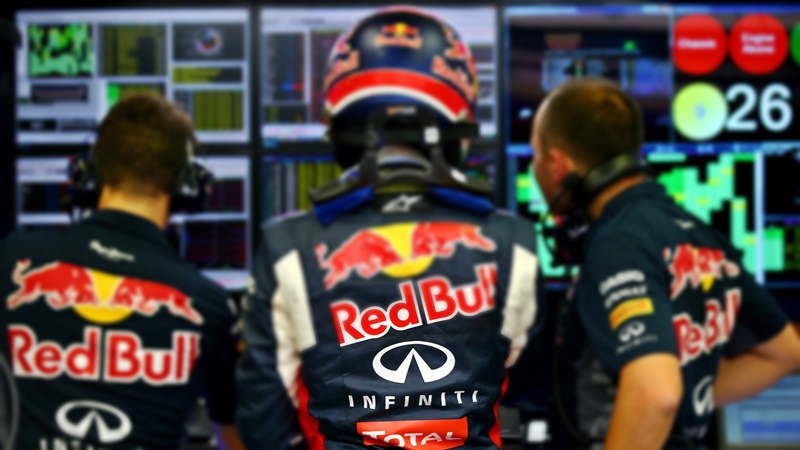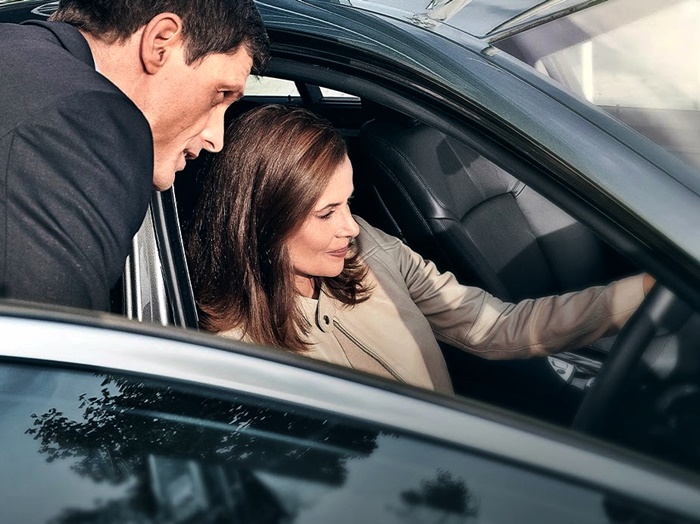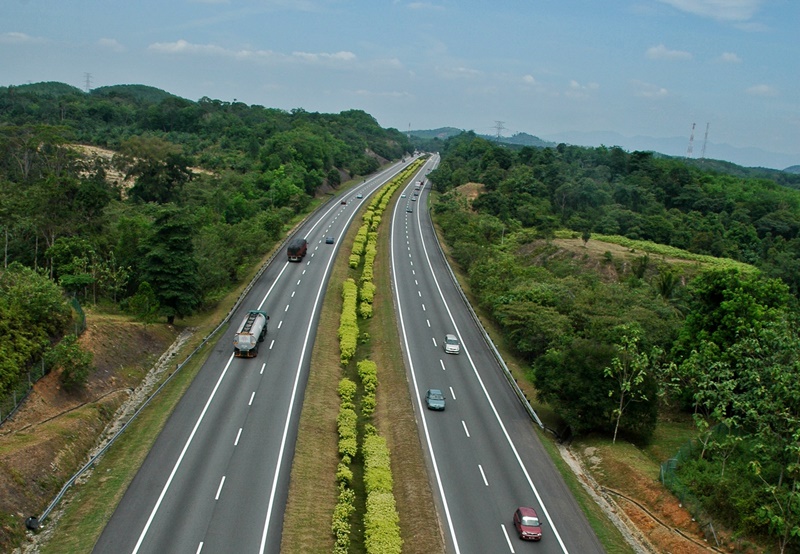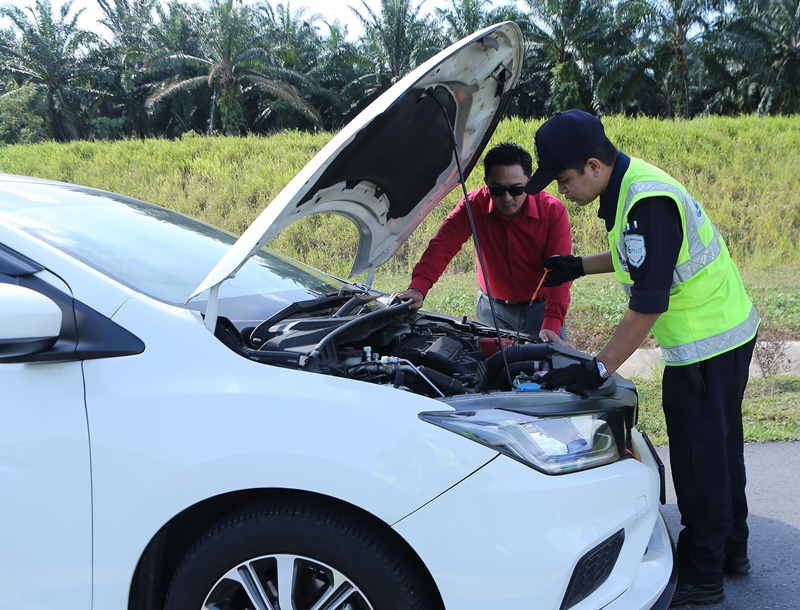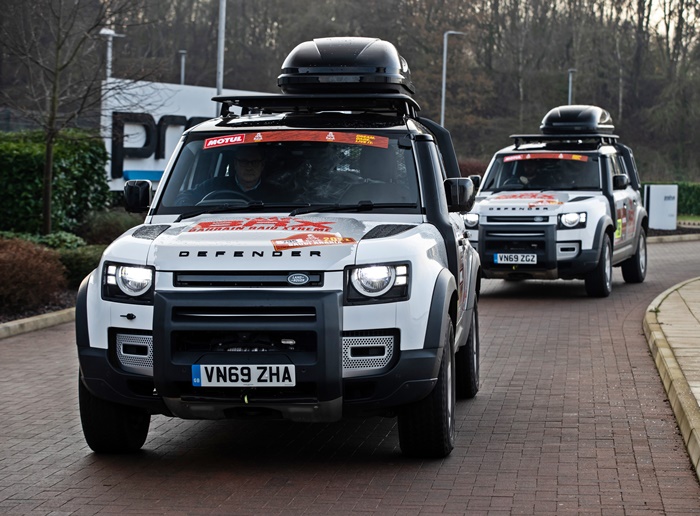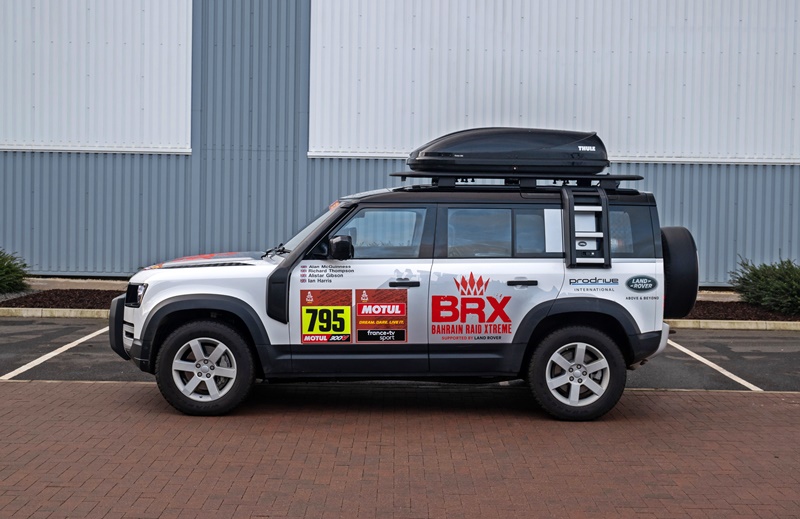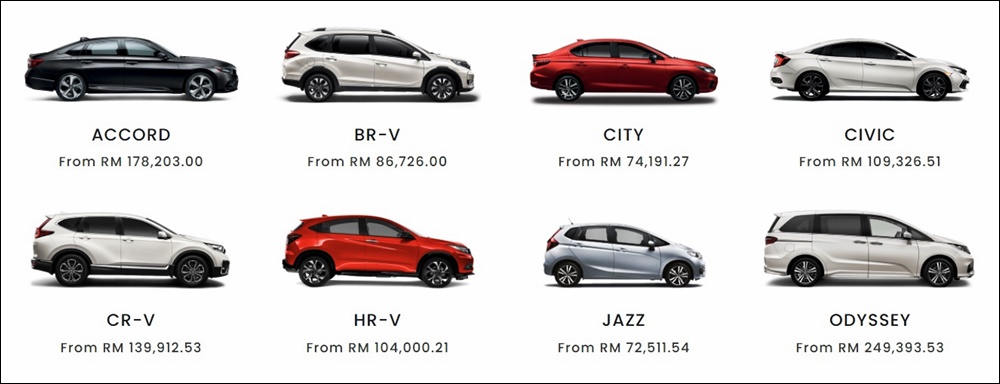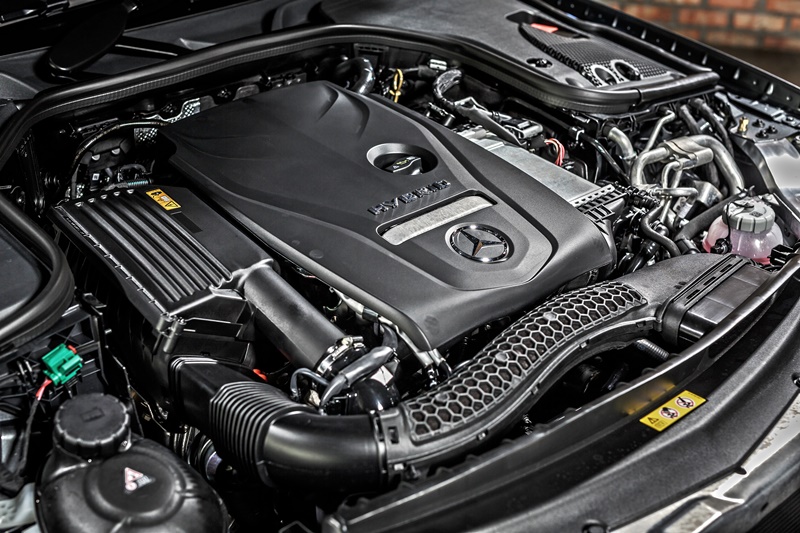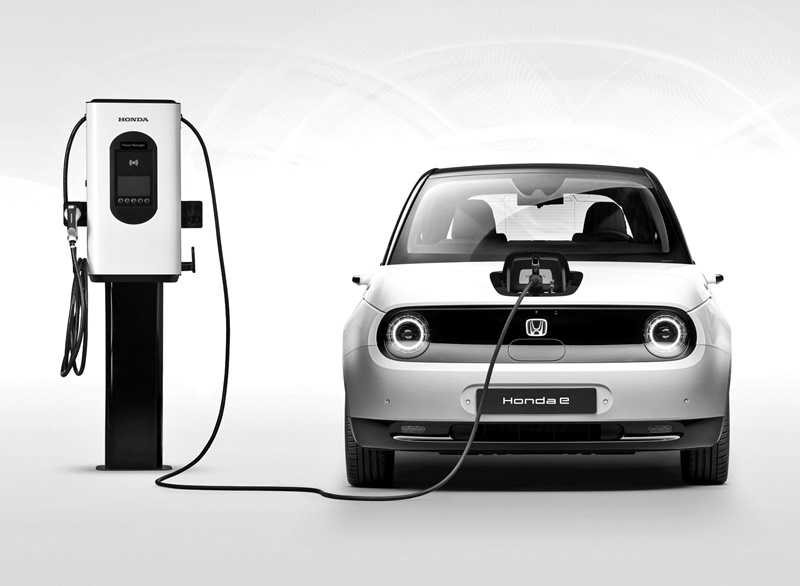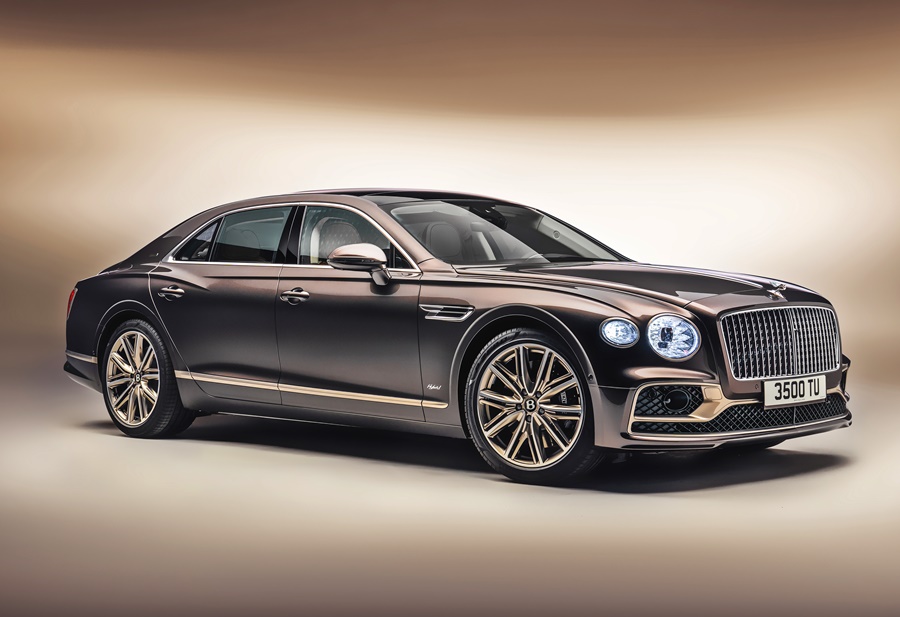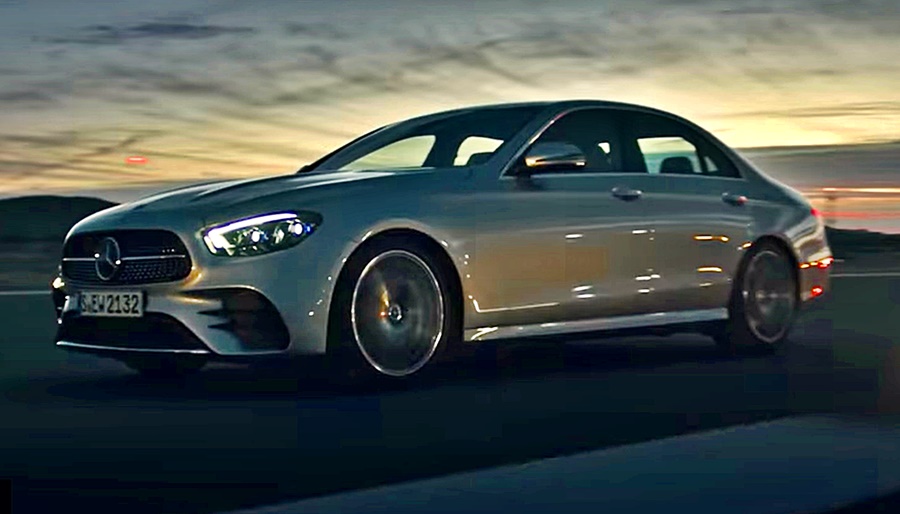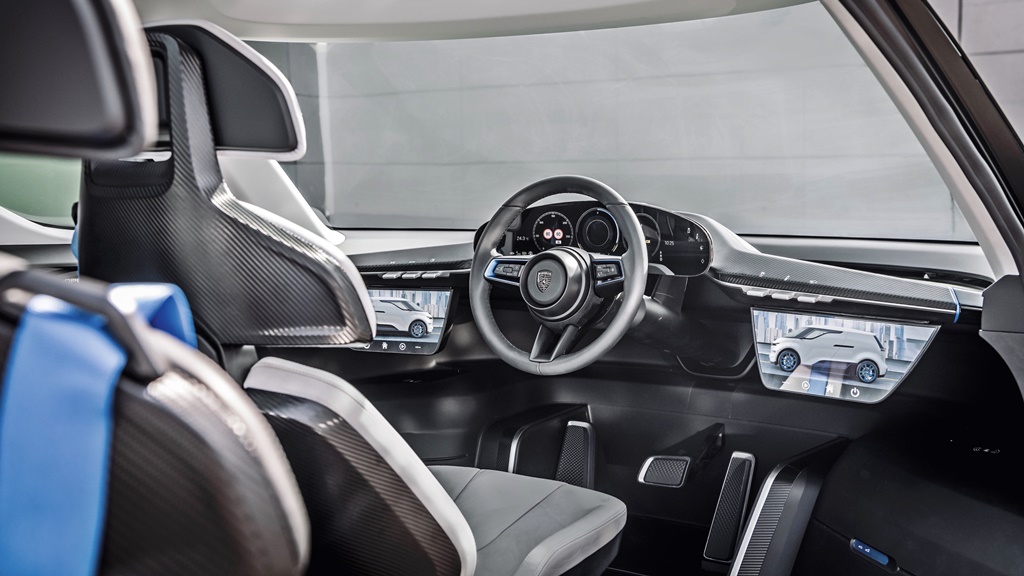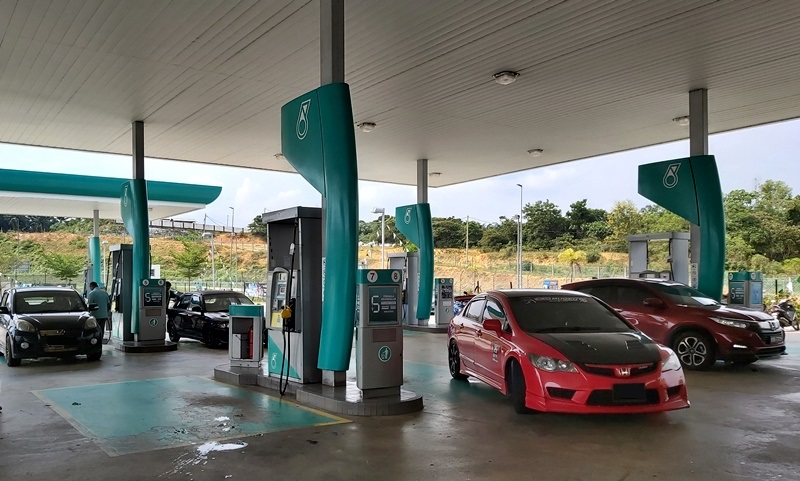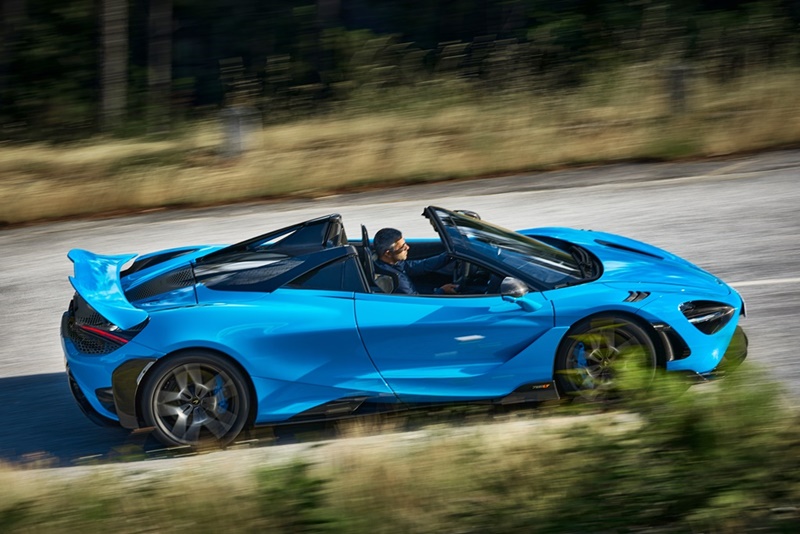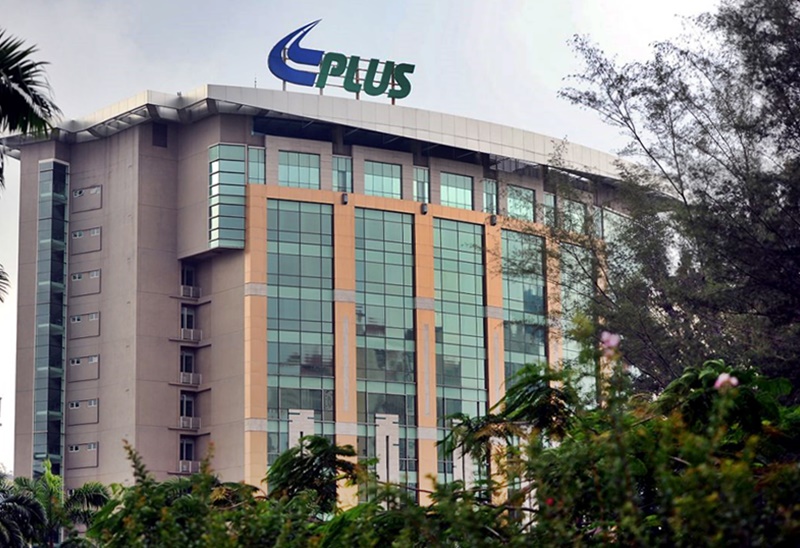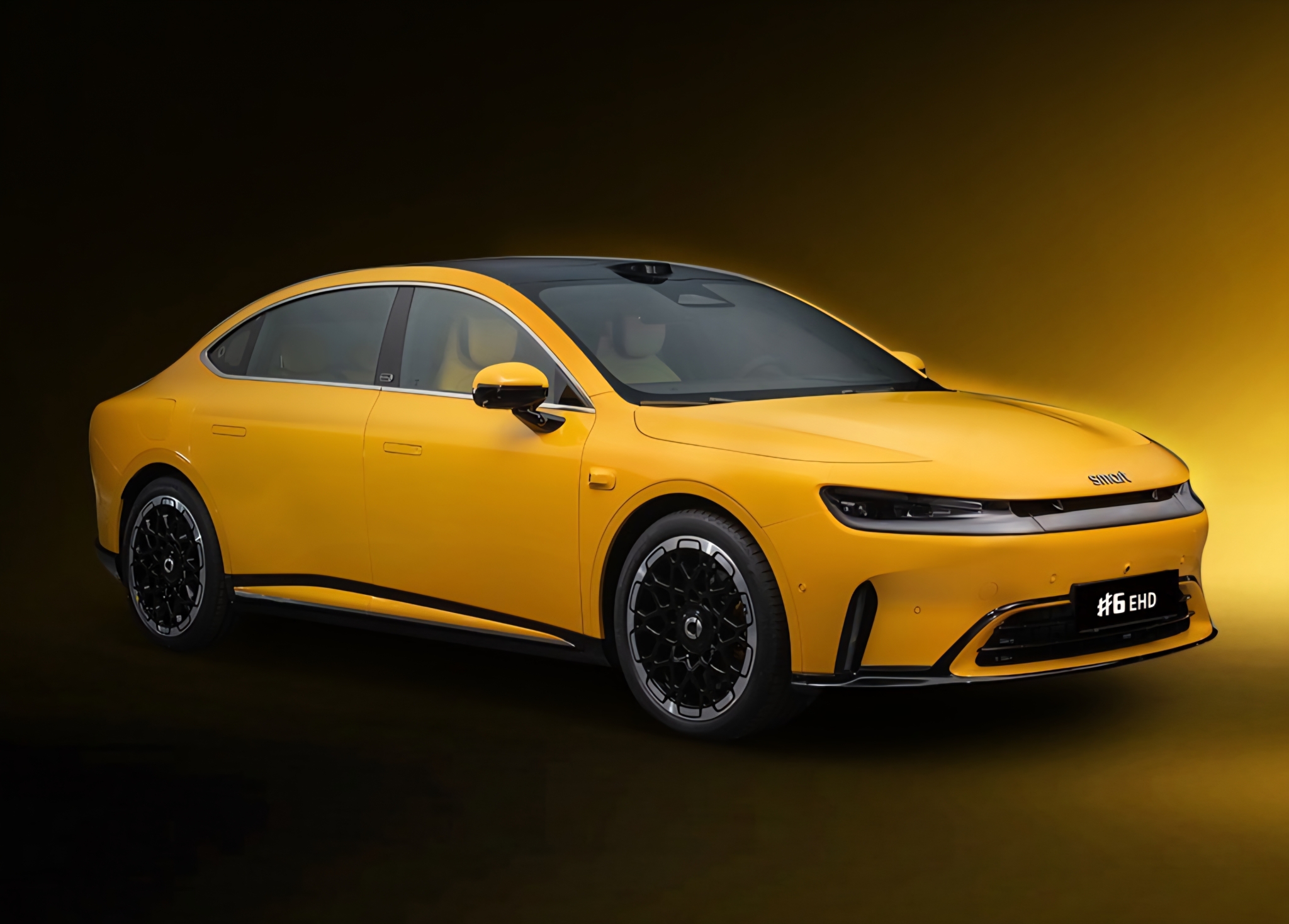Infiniti, Nissan’s luxury brand which was created in 1989, will no longer be involved in Formula 1 after a 10-year presence. The brand entered the F1 scene in 2011 as a commercial sponsor of Red Bull Racing, progressing to become title sponsor of the team in 2012.
Contribution to electrification of vehicles
Following the introduction of hybrid powertrains in the sport in 2014 and given the brand’s extensive experience in hybrid performance, Infiniti became a more active F1 participant in 2016. It became technical partner of the Renault DP World F1 Team for the co-development of the Energy Recovery System (ERS).
The development work on the ERS led to an electrified performance powertrain explored through the Infiniti Q60 Project Black S. The main aim of the prototype is to test how F1 electrified performance and thermal efficiency can potentially be transferred and applied to the brand’s future electrified vehicles.
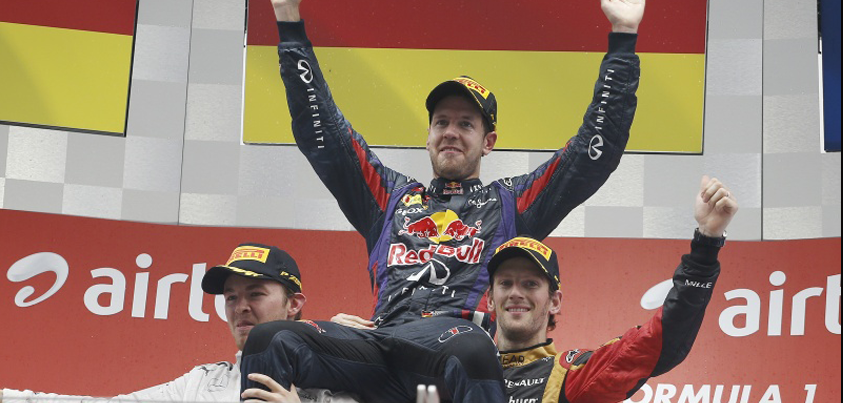
5 years with Renault team
The 5-year technical collaboration with the Renault DP World F1 Team has been very successful for Infiniti. During the partnership, several Infiniti engineers have worked with the team in the development of the racing car’s ERS. Both companies have raced 100 Formula 1 rounds together, achieving a total of 459 championship points and 3 podiums.
The Infiniti Engineering Academy has also thrived during this technical partnership, given the unique opportunity it offered to work 6 months with Infiniti and 6 months with Renault DP World F1 Team. This global recruitment program received nearly 30,000 registrations from engineering students in 44 countries and 133 universities throughout the 5-year period, hosted 28 final events around the world and selected 33 winners, 50% of whom went on to secure full-time positions with Infiniti or in motorsport after completing their placements.
“This decade in Formula 1 has been an incredible and fruitful journey for us. We have had the privilege of collaborating very closely with companies that shared our goals and supported our vision, and we certainly come out of this experience wiser and stronger. We wholeheartedly thank all of our partners, and especially everyone at Renault DP World F1 Team, for the fantastic work we’ve done together during the past few years and for their continued support as we begin a new chapter focused on our development,” said Tommaso Volpe, Nissan and Infiniti Global Motorsports Director.
“Our involvement in the sport has gone from strength to strength during these past 10 years, and we have not only increased our brand awareness but also strengthened our technical credentials and capabilities. Now it is the right time for us to concentrate our resources and all the knowledge gained through our Formula 1 activities in the research and development of our new technologies and future powertrains,” he said.
Renault’s Formula 1 team to be renamed Alpine F1 Team from 2021



